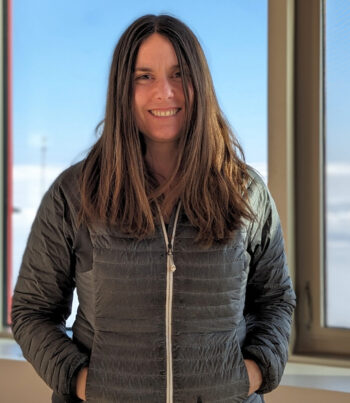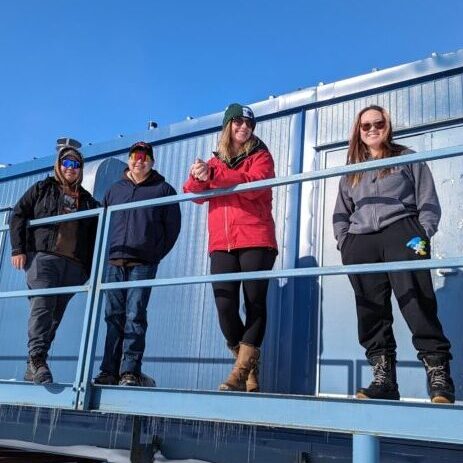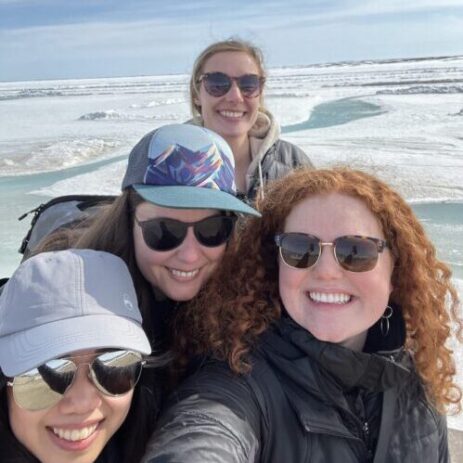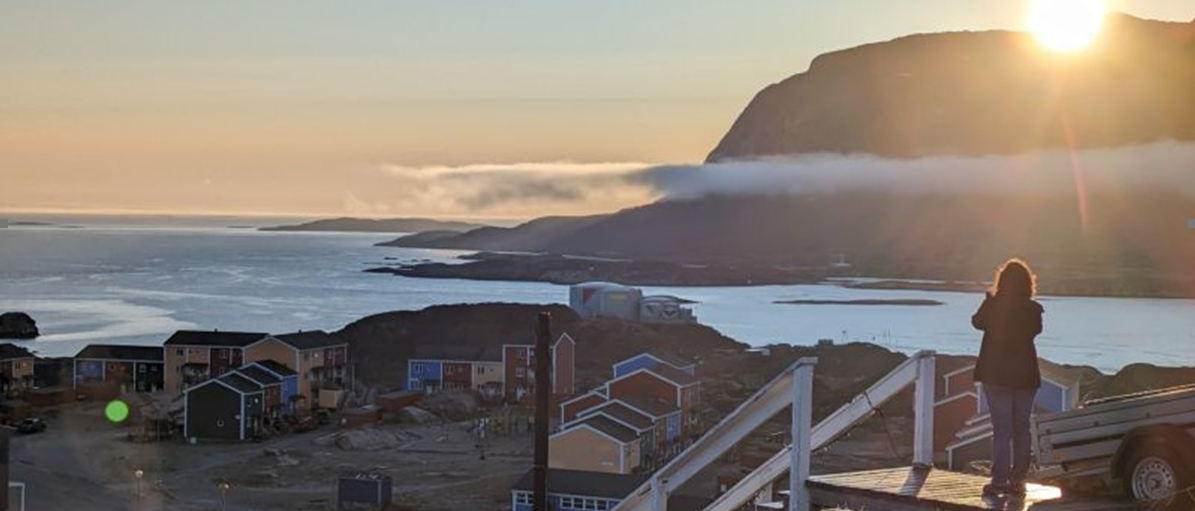Lassonde professor helps improve safety of drinking water in Arctic
Tags:

This story originally appeared in YFile.
Stephanie Gora, assistant professor in the Civil Engineering department at York University’s Lassonde School of Engineering, is striving for a world where people in small Arctic communities can turn on a tap every day and get the clean water they need.
Each year, Gora and five of her students spend weeks – in some cases, months – in communities in the Far North. There they are looking at potential approaches to improving water safety in the face of the Arctic’s extreme climate and remote, unforgiving terrain.

“It’s reasonable to want the same level of service when it comes to water as anyone else in Canada,” said Gora, who leads the University’s Safe & Sustainable Water Research Group. She is also on the executive team of the One WATER Institute and is a research fellow at the Dahdahleh Institute for Global Health Research and the Robarts Centre for Canadian Studies.
The challenges to achieving this level of service are enormous.
While most people in Canada have their water delivered underground, the Arctic’s -50 C temperatures and permafrost mean most water there is delivered via truck and stored in water storage tanks in each building.
“There’s a water quantity issue that’s quite notable,” Gora said of Nunavut, where her research is primarily based. “Then, there’s also a water quality issue. Our research has uncovered evidence of metals and other chemicals at levels above federal guidelines at different points in the water system.”
If the pump needed to push the water through the lake to the water treatment plant fails, parts must be ordered and flown in with all other food and supplies, something that happens only once or twice a year. If the part is bulky, it must then travel by barge, which can only operate a couple of times a year depending on ice and forest fire conditions where it is loaded.
The remoteness of communities in the Arctic means few people who live locally receive water safety training, resulting in a lack of institutional knowledge and a constant turnover of people with various levels of expertise flying in to help.
Gora and her students – Ammar Mahgoub, Mohammed Ibraheem, Audrey Tam, Caroline Duncan and Elan Chalmers – are researching an approach to water safety planning that begins with an assessment of what types of risks to clean water exist. The next step is understanding how each risk might be linked to produce an unwanted outcome.


Professor Stephanie Gora with her students and research team in Nunavut
For example, in collaboration with researchers at Université Laval, they are working to understand what kind of microbes are in the water tanks, exactly how dirty the water is, what happens if the tank is cleaned and how long it takes for it to get dirty again.
“A lot of our work is focused on understanding what those hazards are, how likely they are to happen and how severe the consequences will be if they aren’t addressed,” she said. “But we’re also trying to understand the intersections between different hazards.”
She explains it this way: microbial contamination resulting from bacteria in a water tank could be the result of insufficient chlorine in the truck that delivered it, indicating the chlorination system isn’t working. But is the chlorination not working because it hasn’t been designed correctly for the kind of water being treated, or because the operator lacks training?
Gora said she and her students have the combined skills, experience and connections to close the gap that exists in water safety in the Arctic compared to the rest of Canada, and she’s gratified to play a role in creating positive change through their research.
“Water professionals in the Arctic do tons and tons of good work,” she said. “But it’s a huge challenge, and I think my team has the skill set to help.”
